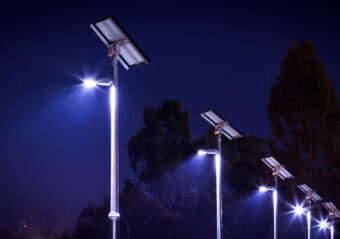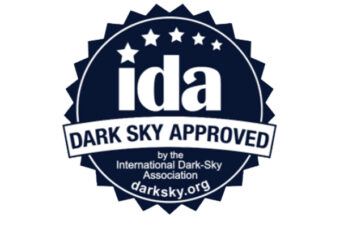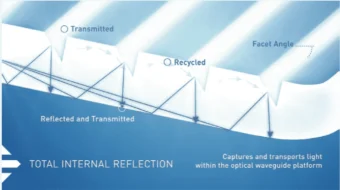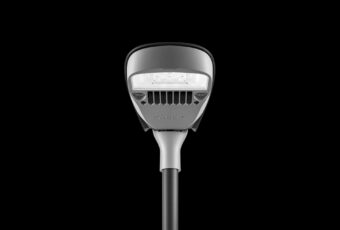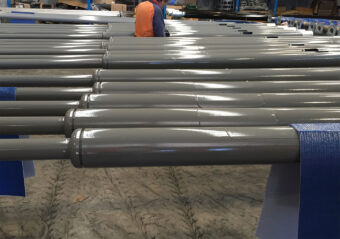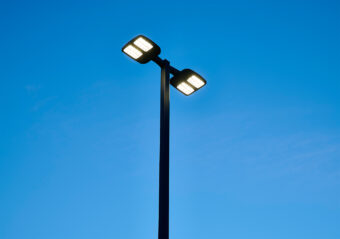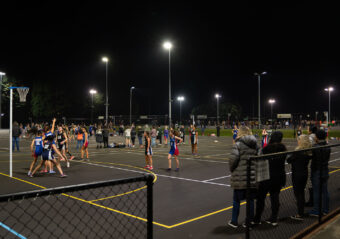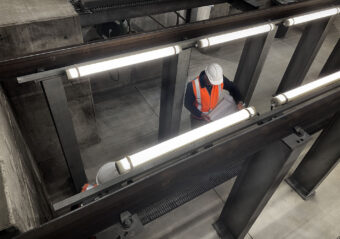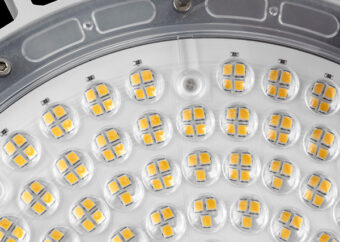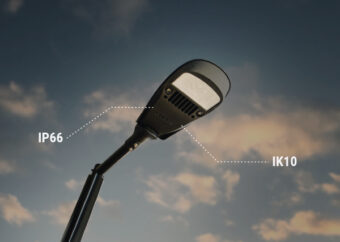The introduction of any technology brings with it a new set of challenges that need to be addressed. Luminaire maintenance factors in LED lighting are one such issue that certainly warrants further discussion and has massive implications for the quality and longevity of lighting projects being specified.
Step One: Determine The Application Life Of The Project
Traditionally with HID, you could just clean the luminaire and replace the lamp and be back to full light output. With the expected longevity of an LED light engine, running lighting calculations based on lamp replacement cycles is no longer applicable. Instead, determining an ‘application life’ specific to the project is now required.
‘Application Life’ is defined as the period when illuminance levels will fall below the prescribed standard for the application. Most suppliers refer to a 50,000 hour product life.
So how does a 50,000 hour lifetime relate to your application?
15 hours per day, 7 days per week = 5475 hours/annum
50,000 hours / 5475 hours = 9 years Application Life
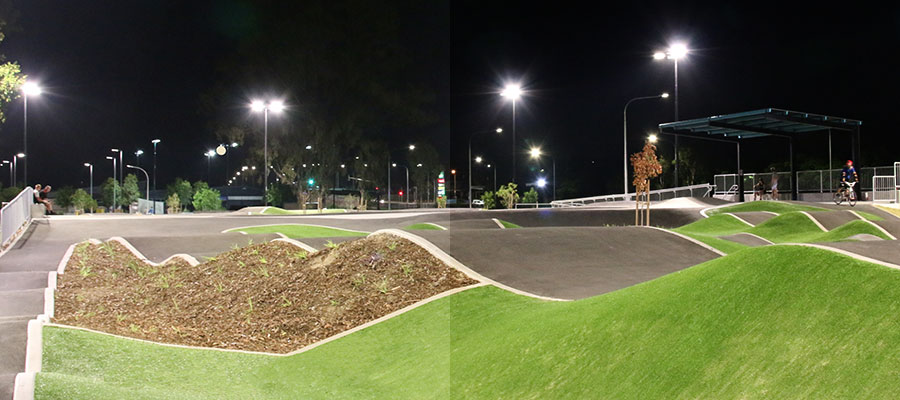
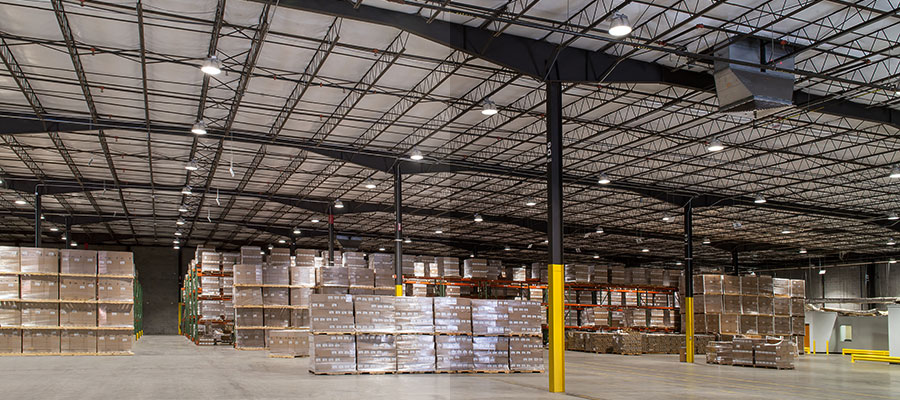

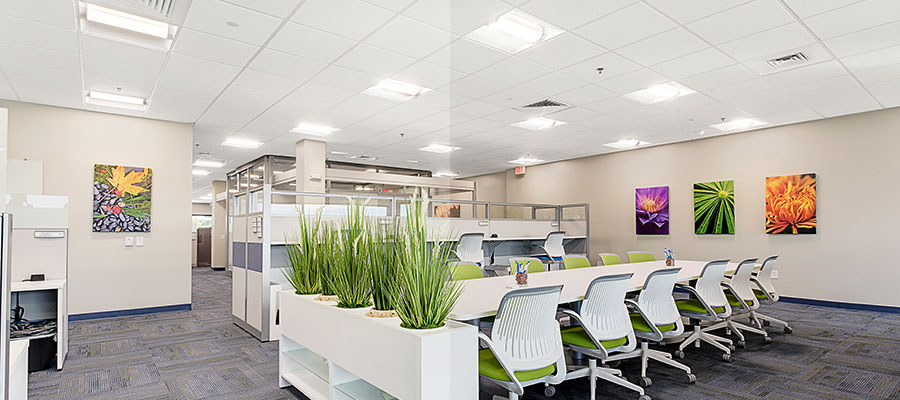
A few simulated examples of illumination at installation (left) vs illumination at application life (right).
Step Two: Maintenance Factor Calculations
All luminaires reduce (or depreciate) in light output as they age. The purpose of the maintenance factor is to allow for the depreciation of light over the application lifetime of the project. However, these performance standards are not understood well and are often applied incorrectly. If the correct maintenance factor isn’t applied (or no maintenance factor at all is applied) then the light levels required for the design will not be maintained for the entirety of the nominated application life.
Once appropriate luminaire options are selected and the calculation model is built, the important step of determining a maintenance factor is next. To do this, we use the following formula:
Maintenance Factor (MF) = LMF x LLMF x LSF x RSMF
MF = Maintenance Factor
Overall Maintenance Factor used in the design.
LLMF = Lamp Lumen Maintenance Factor
Based on manufacturer’s chip LM80 data and TM21 calculator for operation in a 25°C ambient temperature for the nominated application (service) life.
LMF = Luminaire Maintenance Factor
Taken from Table B1 of AS/NZS 1680.4:2001 according to the luminaires IP rating, luminaire type and nominated cleaning cycle.
LSF = Lamp Survival Factor
Is typically assumed to be ‘1.0’ for LED.
RSMF = Room Surface Maintenance Factor
Taken from Table B3 of AS/NZS 1680.4:2001 according to the size of the space, the environment, the mode of light distribution (direct/indirect etc) and nominated cleaning cycle.
Have a look at the following examples to see this formula used in a real-world scenario:
Example 1:
Consider these two similar luminaires in the same application:
| Illuminance Target: | 200 lux (maintained for ‘Application Life’) |
| Application Life: | 9 years / 50,000 hours |
| Specified Operating Hours of Space: | 15 hours/day, 7 days/week = 5,475 hours/annum 5,475 hours/annum x 9 years = 49,275 hours |
| Luminaire Cleaning Schedule: | Every 3 years |
| Room Type: | Normal, large space. |
Luminaires:
| Luminaire A | Luminaire B | |
| Performance: | 200 watts / 26,000 lumens | 200 watts / 26,000 lumens |
| Luminaire IP Rating: | IP5X | IP5X |
| LMF: | 0.84 | 0.84 |
| LLMF: | 0.7 | 0.9 |
| LSF: | 1 | 1 |
| RSMF: | 0.92 | 0.92 |
| Maintenance Factor (MF): (LMF x LLMF x LSF x RSMF = MF) | 0.54 | 0.70 |
| Luminaire Performance at Installation: | 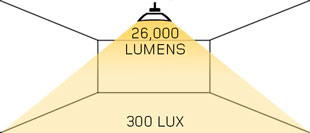 |  |
| Luminaire Performance at Application Life (After 9 years or 50,000 hours) | 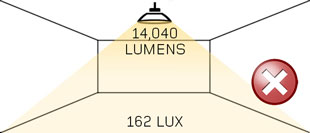 | 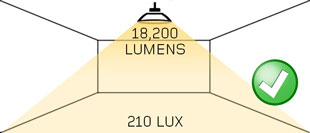 |
Summary:
Luminaire A: Light output depreciates below the acceptable level and, therefore, the illuminance level at Application Life (162 lux) does not comply with the target illuminance of 200 lux.
Luminaire B: Light output maintains the acceptable level and, therefore, the illuminance level at Application Life (210 lux) does comply with the target illuminance of 200 lux.
Example 2:
Consider these two different luminaires in the same application:
| Illuminance Target: | 200 lux (maintained for ‘Application Life’) |
| Application Life: | 9 years / 50,000 hours |
| Specified Operating Hours of Space: | 15 hours/day, 7 days/week = 5,475 hours/annum 5,475 hours/annum x 9 years = 49,275 hours |
| Luminaire Cleaning Schedule: | Every 3 years |
| Room Type: | Normal, large space. |
Luminaires:
| Luminaire A | Luminaire B | |
| Performance: | 200 watts / 26,000 lumens | 150 watts / 19,500 lumens |
| Luminaire IP Rating: | IP5X | IP5X |
| LMF: | 0.84 | 0.84 |
| LLMF: | 0.7 | 0.9 |
| LSF: | 1 | 1 |
| RSMF: | 0.92 | 0.92 |
| Maintenance Factor (MF): (LMF x LLMF x LSF x RSMF = MF) | 0.54 | 0.70 |
| Luminaire Performance at Installation: | 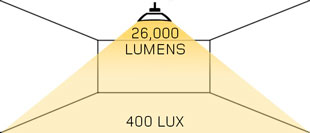 |  |
| Luminaire Performance at Application Life (After 9 years or 50,000 hours) |  | 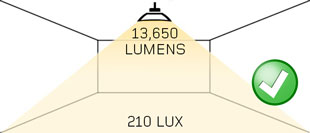 |
Summary:
In this instance, the light output of both Luminaire A and Luminaire B is maintained above the Application Life illuminance level target of 200 lux, and, therefore, both comply. However, Luminaire B offers a 25% energy saving (150W vs 200W) when compared with Luminaire A, presenting a more economical option.
Step Three: Luminaire Selection
In conclusion, when selecting the right product for the application it is important to remember that not all LED luminaires are made equal. Maintenance factors cannot simply be assumed at 0.7 or 0.8. To accurately predict lighting performance over the entire application Life, the correct factors need to be considered within the calculation.
If you are looking for the best value proposition including lowest energy consumption, lowest fitting quantity and best longevity, this calculation method is critical.
Advanced Lighting Technologies has a fully qualified and educated team available to assist, and we are happy to help if you have any questions about this calculation process.
Contact us today for more information.

